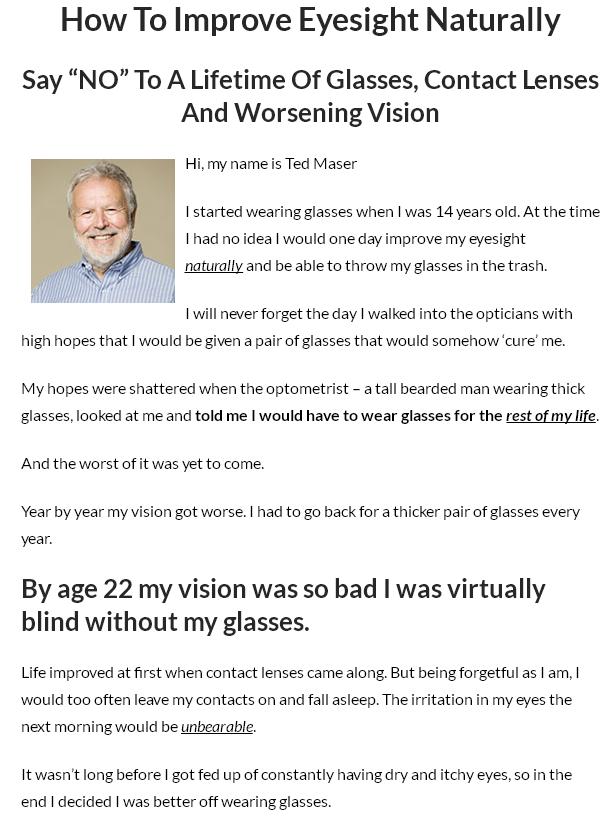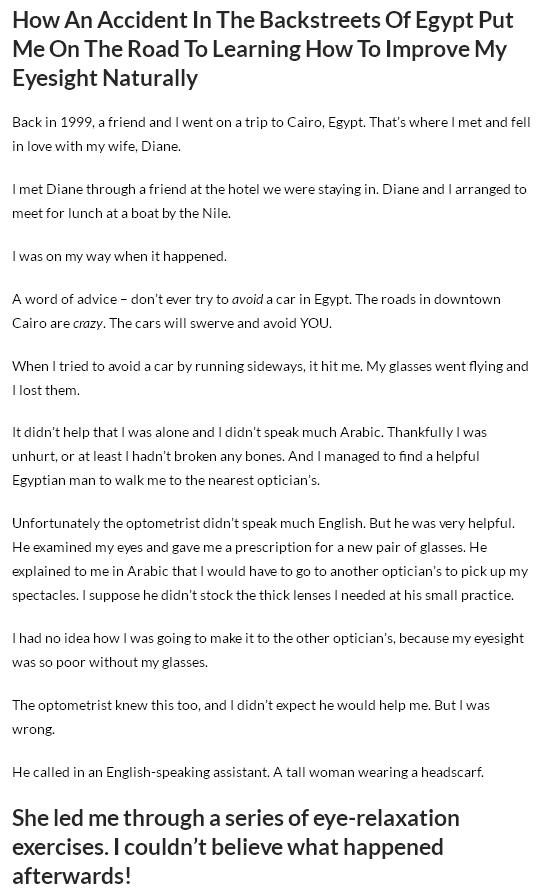LASIK is the best-known laser eye procedure for the correction of refractive errors such as nearsightedness, farsightedness or astigmatism. However, in addition to LASIK, several other procedures have been developed by experienced laser eye surgeons. While all of these treatments use laser energy to reshape the cornea, the processes just before and after the application of the laser energy differ.
During LASIK, the surgeon cuts a thin flap in the cornea to access the underlying eye tissues, which are then reshaped using a laser. During LASEK, no corneal flap is created. Instead, the surgeon uses a special alcohol solution to gently loosen and lift a minuscule layer of the outermost cells of the eye (known as epithelial cells) prior to applying laser energy to the cornea. During PRK, another laser eye procedure, none of the eye tissue is lifted. Instead, the laser energy is applied directly to the eye’s surface.
Because of the unique characteristics of LASEK, many eye surgeons believe it is a safer, more effective form of laser eye surgery. Read on to learn about why LASEK is better than LASIK and PRK.
No Corneal Flap
LASEK is better than LASIK because it does not involve cutting a flap in the cornea. As a result, LASEK surgery eliminates any corneal flap-related complications. Flap-related complications are the most common risks of LASIK surgery. They can lead to distorted nighttime vision, such as starbursts and haloes. In addition, in rare cases the flap becomes infected, requiring treatment with antibiotics and special eyedrops.
Suitable for a Wider Range of Patients
Because LASEK does not require a corneal flap, it is available to a larger number of patients. For example, patients with corneas that are too thin for the creation of a flap may be offered LASEK instead of LASIK. In addition, LASEK can be performed on many patients with corneas that are too steep for LASIK.
Very Little Discomfort
Unlike patients who undergo PRK surgery, LASEK patients typically experience very little discomfort after the procedure. LASEK patients usually notice only a slightly scratchy sensation. This condition can be effectively alleviated with the eye drops provided by LASEK surgeons.
Quick Recovery
After LASEK, patients usually achieve their full visual potential within four to seven days. While the recovery from LASIK is actually one or two days shorter, the reduced risk of various complications often makes LASEK a better choice. When compared to PRK, the recovery from LASEK is significantly faster; PRK patients typically must wait for several weeks after their treatment to achieve clear vision.
Combination of the Best Features of LASIK and PRK
Many patients choose LASEK because this procedure combines the benefits of both LASIK and PRK surgery while avoiding many of the drawbacks of these treatments. Like LASIK, LASEK offers a quick and painless recovery. And like PRK, LASEK poses no risk of corneal flap-related complications. However, LASEK surgery is not the answer to all refractive problems. LASEK can help improve only nearsightedness, farsightedness and astigmatism. If you suffer from another vision problem or eye disease, you might have to undergo a different type of eye surgery, such as cataract surgery or presbyopia correction surgery.



